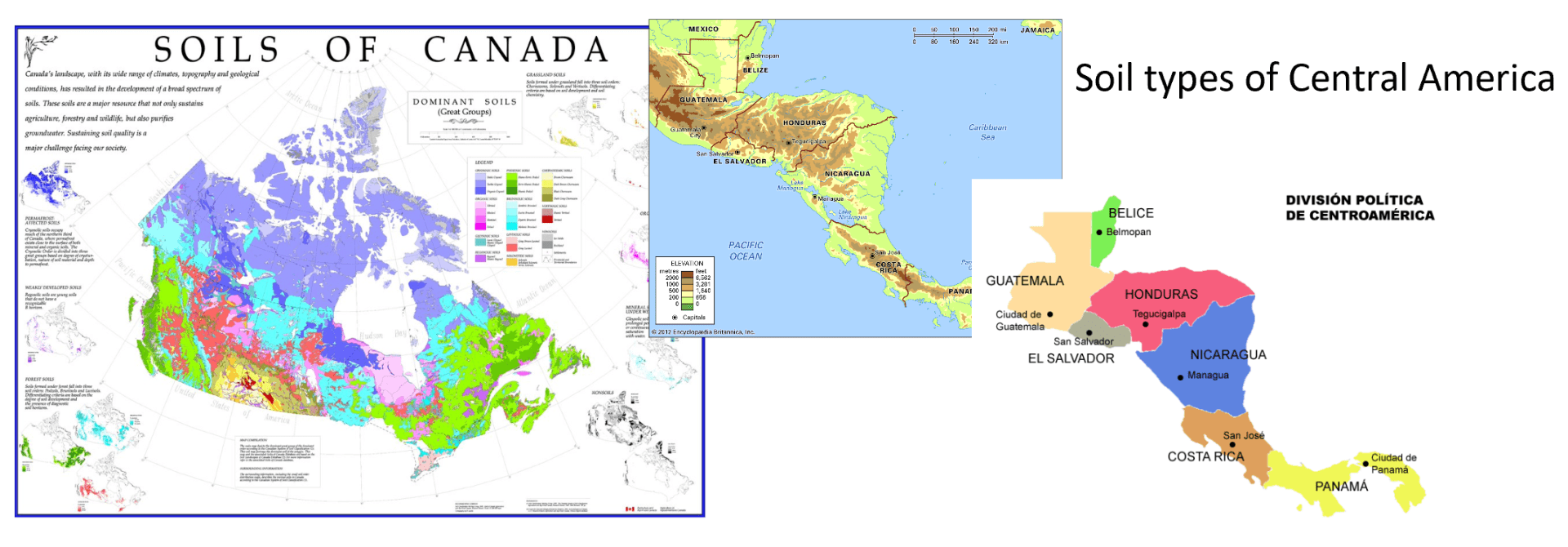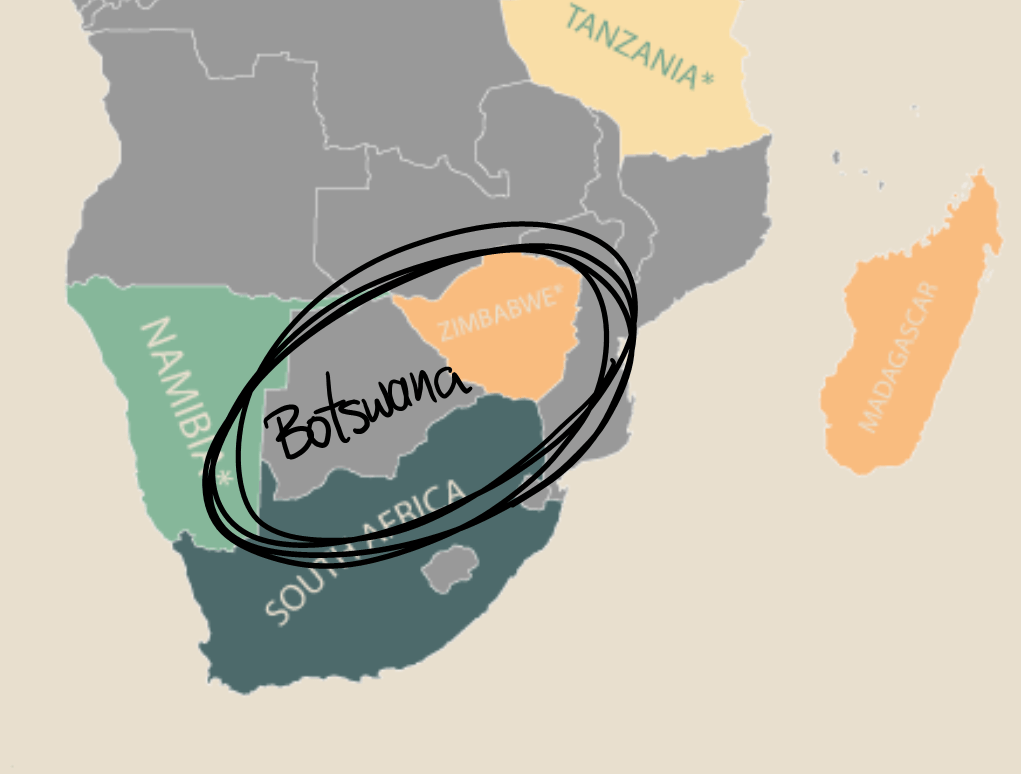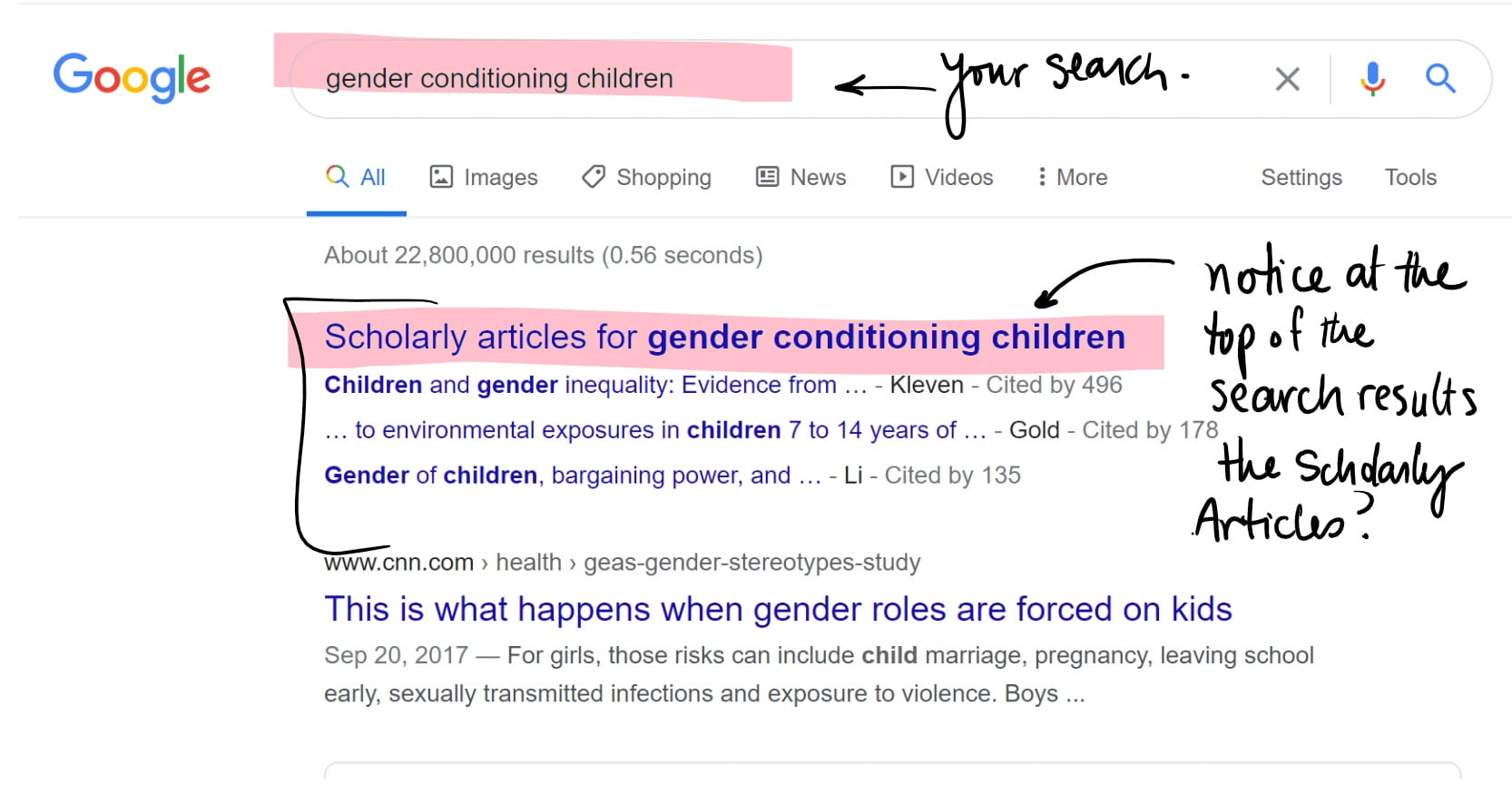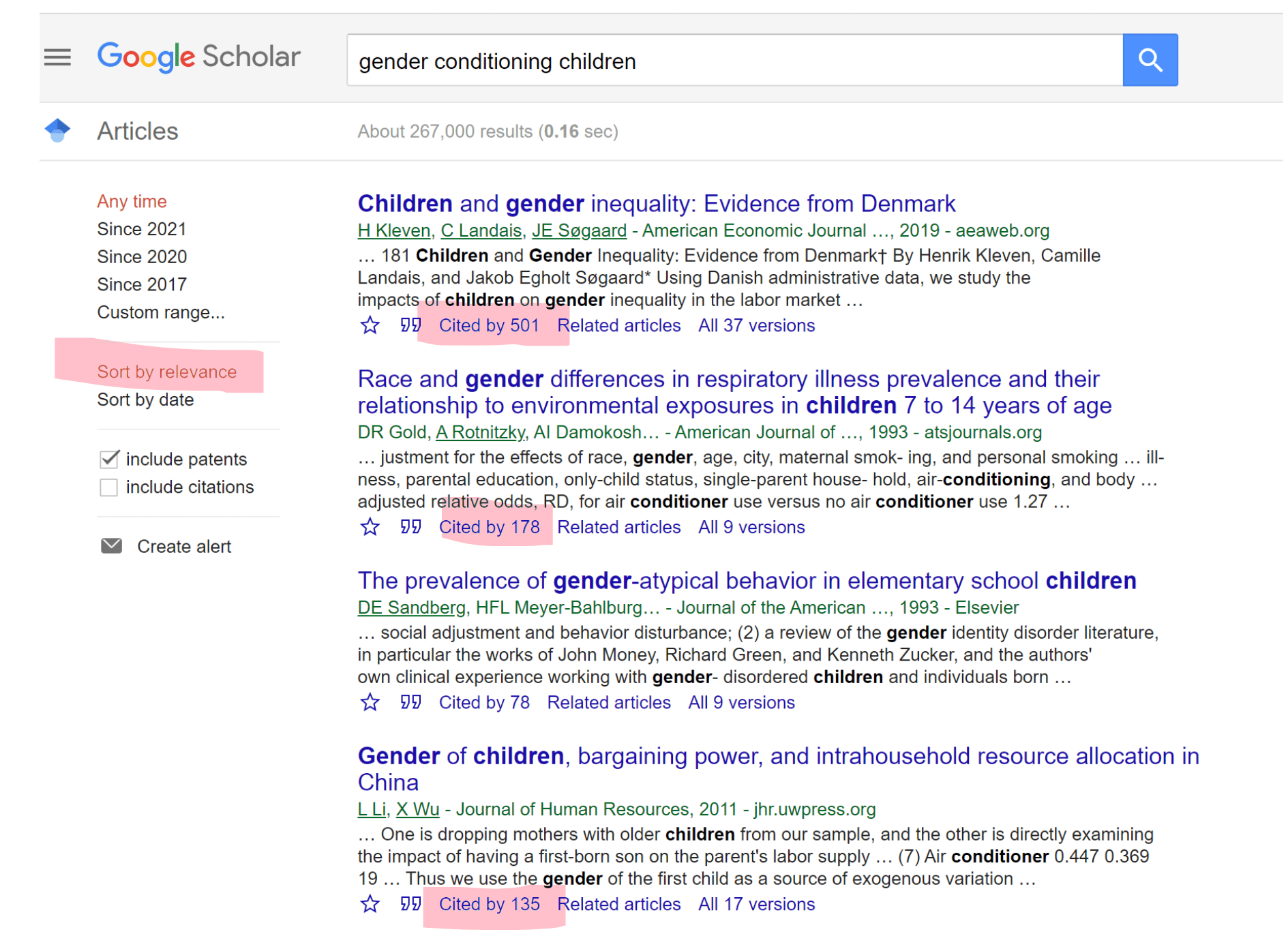Soc 10: 10 Organizing an Economy
We’ve discussed for a long while the Social Contract that societies have to negotiate and adapt to suit their needs and wants as a group. It is the give and take relationship between government and the people, determining what each is responsible for in working together.
A society’s Social Contract will also relate to their Economic choices – determining how much or little government is involved in the main economic issues of What to Produce, Who to Produce it for, and How (best) to Produce it.
The following are resources to help support your learning/understanding of the main approaches to economics for countries.
- Planned Economy: also known as a Command Economy, since the government takes full command of the decision-making and planning for meeting the wants and needs of its society
-
- The Balance Website: explanations, pros/cons, and examples of countries using a Planned Economy method
- Top 10 Facts About Living Conditions in Belarus (state-run economy with Europe’s “last dictator”)
-
- Mixed Economy: includes a range of involvement of government and individual ownership
-
- Market Economy: focuses more on individual producers and sellers making decisions about the market without government involvement or interference.




